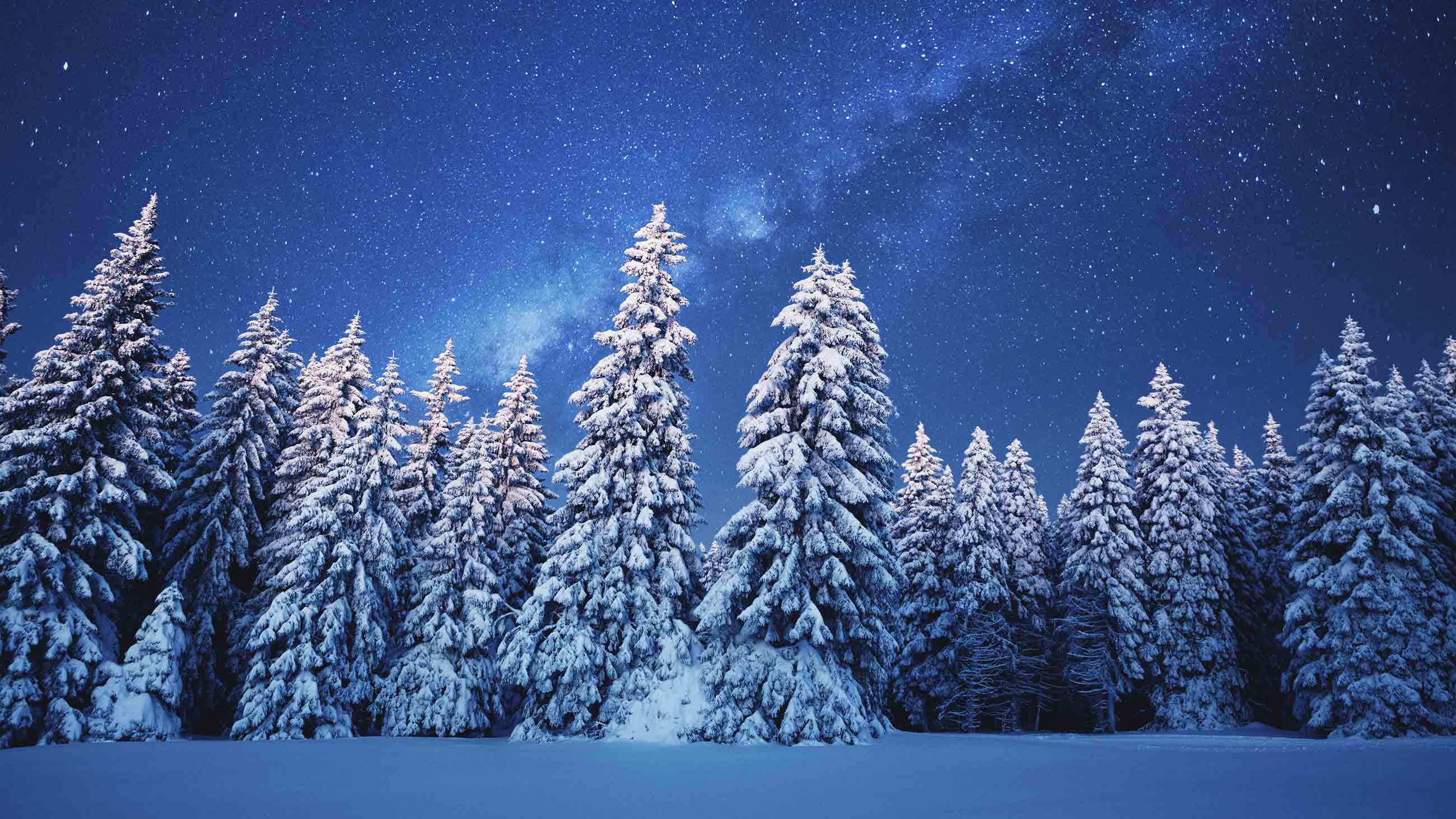Dreaming of a White Christmas? Consider the Data…

CORRECTION APPENDED
The year 2016 continues to steam ahead as likely the second warmest ever on record globally. But at least some snow is forecast this year for December 25 in the U.S. The only snow that fell or was visible on the ground last Christmas was in Alaska and bits of the Mountain West.
For eight to 12 inches of snowfall right on December 25 this year, try Fargo, North Dakota. The same amount is expected to drop in Flagstaff, Arizona, on Christmas Eve, leaving fresh snow on the ground the next day. Modest Christmas snow also could fall in Montana, Wyoming and parts of Colorado due to a windy storm originating that day in the Central Plains region. Naturally, people who choose to live in the Twin Cities of Minnesota can expect holly-jolly ice pellets for Christmas Day.
The national forecast is more heartwarming for “white Christmas” fans than was last year’s, which featured balmy record-breaking Eastern Seaboard weather on Christmas Eve and Christmas Day, says Weather Underground meteorologist and blogger Bob Henson.
Winter weather rarely feels normal these days, and while it’s toastier than usual this week in the eastern U.S., the west is chillier.
We should expect this atypical, unstable weather to continue in early 2017, Henson says, due to a weak La Niña. Last year was dominated by an El Niño pattern, which tends to bring milder, drier weather to the northern U.S. and cooler weather to the southern U.S. In contrast, cooler, wetter weather dominates the Northwest during La Niña, with drier weather more likely in the Southeast.
“La Niña winters push weather toward a roller-coaster model,” Henson says. “Lots of ups and downs in temperatures, lots of storm systems whipping across the country. It tends to be a more active pattern than the El Niño pattern.”
For instance, Midland, Texas, experienced its biggest temperature differential in a single day last weekend: following a daily record high of 80 degrees Fahrenheit at 4 p.m., the mercury plunged to 18 degrees by midnight, Henson says.
Also this month, mild Arctic weather is making headlines – there’s snow but less ice than ever recorded for this time of year, due in part to a pocket of relatively warm air, just below freezing, pushing up from the Atlantic Ocean into the North Atlantic and Scandinavia toward the North Pole. Open water now sloshes in an area north of Scandinavia that nearly always has ice cover, Henson says.
This Arctic mild weather is consistent with climate change, Henson says. Last winter was the warmest one on record in the Arctic, and so far this winter looks to be even warmer at the top of the world.
President Barack Obama and Canada’s Prime Minister Justin Trudeau collaborated this year to help the Arctic economy and ecosystem adapt to climate change. A newly announced ban on new offshore oil and gas drilling in federally overseen parts of the Atlantic and Arctic oceans drew plenty of media attention.
Their efforts also have included plans to reduce diesel fuel use and increase renewable power, as well as the designation of protected areas designed to protect marine mammal migration routes and natural resources key to the survival of Inuit, Alaska Native American and other regional communities. Because while season’s greetings should be warm, the great white north should not.
CORRECTION: This post has been updated to correct a description of weather events related to La Niña.










